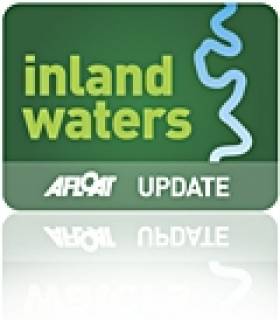Displaying items by tag: Clarendon Lock
Shannon Navigation: Clarendon Lock Closure for Gate Replacement Extended
Waterways Ireland advises masters of vessels and waterway users on the Shannon Navigation that replacement of the upstream lock gates at Clarendon Lock is ongoing and the lock will now reopen for navigation on Friday 3 March.
As previously reported on Afloat.ie, February had been the original target date for reopening of the lock in Co Roscommon after its closure for works on the lock gates on 1 November last.
Waterways Ireland wishes to inform masters of vessels and waterway users on the Shannon Navigation that Clarendon Lock in Co Roscommon will be closed from Tuesday 1 November 2022 for three months to facilitate the replacement of the upstream lock gates. Passage of the lock will not be possible until February 2023 at the earliest.
20 Metre Weir Boom Installed at Knockvicar
Installing the 20m boom was initiated with assembly of the boom off-site in Rooskey. In early December, the drilling for the piles was facilitated by floating a piling rig to the site on pontoons. Piles are required to hold the Weir Boom in place. The boom was then floated to the site and secured in place. The works cost approximately €55,000.
Installation of the boom improves the amenity at Knockvicar in addition to lock gate replacement and upgraded lockhouse facilities which have been completed by Waterways Ireland in recent years.
The Weir Boom is a preventative measure installed by Waterways Ireland to protect boaters and their craft from being drawn over the weir. Space has been left to allow for the passage of canoeists. There will be no environmental impacts on fish or other wildlife from the installation or operation of the Weir Boom.





























































